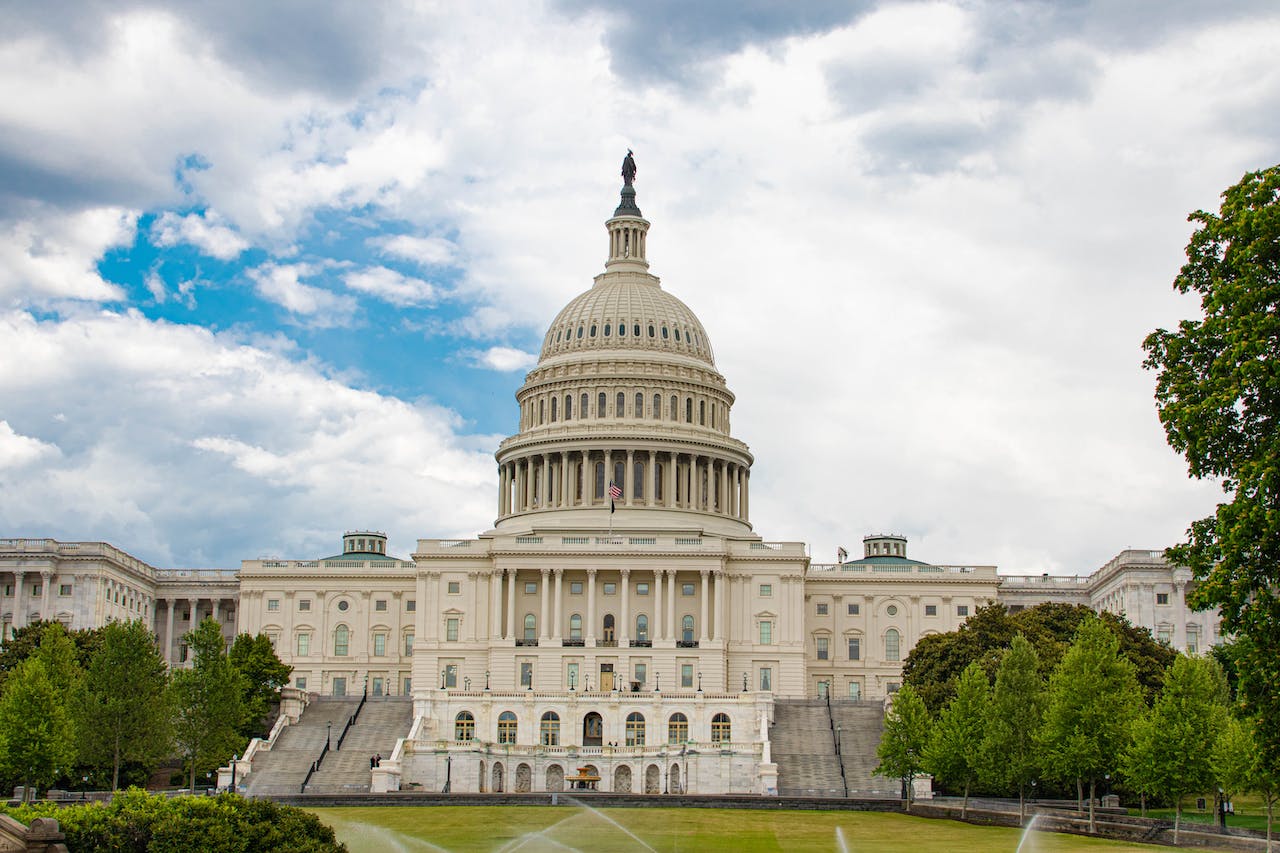In a bid to sidestep a potential government shutdown and defuse mounting fiscal tensions, House Speaker Mike Johnson is pushing a controversial two-step plan that aims to extend Washington’s budget battles into 2024. The urgency stems from the looming threat of a shutdown that could disrupt paychecks for Transportation Security Administration (TSA) workers just ahead of the bustling holiday travel week.
Speaker Johnson unveiled the intricate 32-page bill over the weekend, outlining a strategy to fund one segment of the government until January 19 and extend funding for other departments into February, effectively delaying any imminent government stoppage slated for November 18. The bill is now poised for consideration by the full House in the coming days.
While the specter of a government shutdown this weekend appears low, expectations hinge on the likelihood of Johnson’s plan gaining traction or an alternative one-step proposal gaining approval in the Senate before the impending Friday night deadline.
Moody’s, the renowned financial ratings agency, injected a note of caution into the discourse by downgrading its outlook on the U.S. government to negative, citing ongoing political polarization in Congress as a risk to consensus-building.
Notably, Johnson’s plan faces resistance from within his own party. Many Republicans object to the proposal, arguing that it would extend government funding for several months at 2022 levels without addressing other GOP priorities. The far-right faction within the House adamantly opposes what they term as “keeping the government open at Pelosi levels.”
In defense of his strategy, Johnson contends that extending the deadline strategically positions House Republicans to wield maximum leverage in future negotiations. The bill, however, sidesteps critical issues such as additional funding for Israel, Ukraine, or the southern border, leaving these contentious topics for future deliberations.
The plan echoes similarities with the deal that averted a government shutdown in September but led to the ousting of then-House Speaker Kevin McCarthy after a right-wing revolt.
Despite at least three GOP lawmakers openly expressing opposition to Johnson’s bill, the speaker remains undeterred. However, the success of the plan hinges on potential Democratic support, and signals from the left are mixed. While the White House released a scathing statement against the proposal, some Democratic leaders have not explicitly recommended a no-vote.
The House rules committee is set to convene on Monday afternoon for a crucial hearing at 4 p.m. ET, marking the initial step in the legislative process. Opposition from GOP committee member Rep. Chip Roy indicates potential hurdles, as he vehemently opposes the bill. Should hardliners block the proposal at the committee level, Speaker Johnson may still attempt to force a vote on the full House floor, where Democratic support becomes imperative for success.
As the week unfolds, the fiscal showdown preceding Thanksgiving intensifies, with experts predicting that the pressure of the approaching holiday may compel Congress to defer a final resolution into 2024. Nevertheless, concerns persist over the broader picture of political dysfunction, with Moody’s recent downgrade emphasizing the gravity of the situation on Capitol Hill.
In conclusion, as the House teeters on the brink of a potential government shutdown, Speaker Johnson’s intricate two-step plan emerges as a pivotal maneuver to avert immediate fiscal crisis and navigate the tumultuous waters of budget negotiations.
Source: Yahoo Finance



